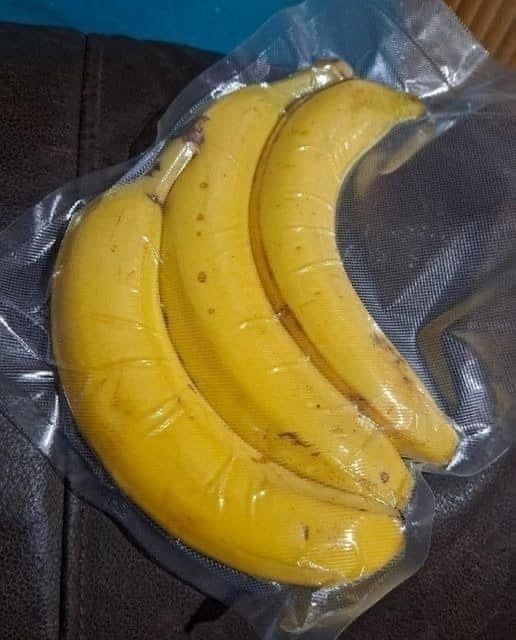Ah, the curious case of vacuum-sealed bananas! Whether it was an experiment, a moment of boredom, or just a quirky idea, you’re not alone in wondering what happens when you mess with nature’s perfect packaging. Let’s dive into what might have happened when you cut them open—and why vacuum sealing bananas is both fascinating and slightly questionable.
What Happens to Vacuum-Sealed Bananas?
Vacuum sealing removes air from the packaging, creating an airtight environment. While this is great for preserving certain foods, bananas are… well, alive. They continue to ripen through a process called respiration , where they release gases like ethylene and carbon dioxide. Here’s what likely happened:Best restaurants near me
The Peels Might Have Exploded (or Swelled Up):
Bananas produce ethylene gas as they ripen. In a vacuum-sealed bag, this gas has nowhere to go, causing the bag to swell or even burst if the pressure builds too much.
If the bag held, cutting it open might have released a rush of trapped gas—likely smelling strongly of overripe bananas.
The Texture Changed:
Without oxygen, the banana flesh may have started to ferment or soften unevenly. This could result in a mushier texture than usual, especially if the bananas were already ripe when sealed.
The lack of airflow can also cause moisture buildup, leading to soggy or discolored peels.
The Flavor Might Be Off:
